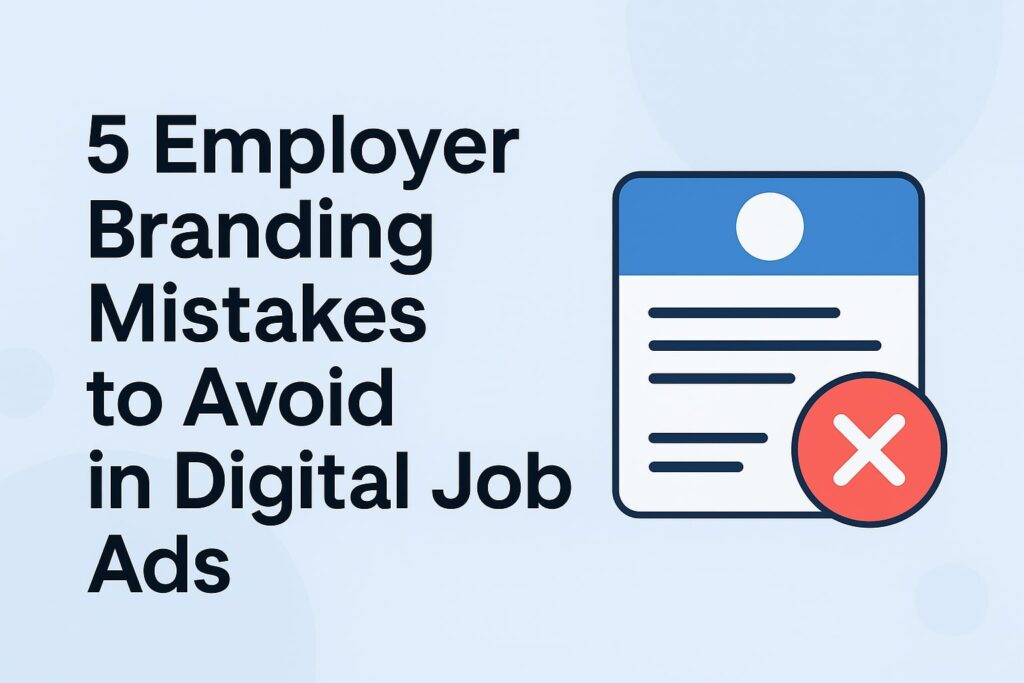Recruiting top talent has never been more critical, and with the fast-paced evolution of the job market, high-volume recruitment is facing new and complex challenges in 2023. As organizations strive to adapt to changing workforce dynamics, advanced technology, and shifting candidate expectations, recruiters must stay ahead of the curve. In this blog post, we delve into the key challenges that high-volume recruitment faces this year and explore strategies to overcome them.
1- Talent Scarcity and Competition:
In a high-volume recruitment landscape, the competition for top talent can be fierce. The demand for skilled professionals often exceeds the supply, making it crucial for organizations to stand out. One effective strategy is enhancing employer branding. This involves showcasing not just the job but the entire work culture, values, and benefits that set your organization apart. Candidates are increasingly drawn to employers who align with their values and offer a compelling work environment.
2- Candidate Expectations:
Modern candidates have high expectations when it comes to their job search experience. They seek streamlined application processes, prompt feedback, and personalized interactions. To meet these expectations, organizations can turn to applicant tracking systems (ATS) and automation. These tools not only simplify recruitment tasks but also ensure that candidates receive a smoother and more engaging experience throughout the application process.
3- Data Privacy and Compliance:
Data privacy and compliance have become paramount in high-volume recruitment due to regulations like GDPR and CCPA. Recruiters must navigate a complex landscape when collecting, storing, and using candidate data. Employers should invest in secure data management systems and establish clear data retention policies. Furthermore, ensuring that recruitment processes adhere to legal standards is crucial to avoid potential liabilities.
4- Diversity and Inclusion:
Diversity and inclusion are no longer optional but essential in high-volume recruitment. Achieving diversity in a large-scale hiring environment can be challenging, but it’s necessary for innovation and problem-solving. Organizations should implement unbiased recruitment practices, such as using blind screening, and tap into diverse talent sources. Offering equal opportunities to all candidates, regardless of background, fosters a more inclusive work environment.
5- Digital Transformation:
The digital transformation of recruitment processes offers both opportunities and challenges. While AI-driven tools and automation can significantly enhance efficiency, they require adapting to new technologies and upskilling recruitment teams. Striking the right balance between automation and the human touch is vital. Automation can handle repetitive tasks, allowing recruiters to focus on building relationships and making informed decisions.
6- Candidate Shortlisting:
Sorting through a high volume of applications can be overwhelming for recruiters. Technology comes to the rescue with AI-powered applicant tracking systems (ATS). These systems can automatically screen and rank candidates based on predefined criteria, reducing manual effort and saving valuable time. It ensures that only the most qualified candidates progress in the recruitment process.
7- Scalability:
High-volume recruitment often experiences fluctuations in hiring needs. Scalability is critical to meet sudden spikes in demand. Partnering with recruitment process outsourcing (RPO) providers or leveraging on-demand hiring platforms provides the flexibility needed to scale recruitment efforts up or down as required. This ensures that you can adapt to changing circumstances efficiently.
8- Remote Work Considerations:
The rise of remote work as a standard offering adds complexity to high-volume recruitment. It’s essential to assess candidates’ suitability for remote roles and provide the necessary tools and support for successful remote onboarding and work arrangements. This adaptation to a hybrid workforce model is essential for attracting and retaining top talent.
9- Quality vs. Quantity:
Balancing the need to fill positions quickly with the desire for quality hires is a constant challenge in high-volume recruitment. Rushing through recruitment processes can lead to poor hires and long-term consequences. Organizations should focus on streamlining processes, leveraging technology for efficiency, and maintaining a high standard of quality while meeting high-volume recruitment demands.
10- Candidate Experience Analytics:
Understanding and optimizing the candidate experience is a relatively new but vital aspect of high-volume recruitment. Gathering feedback from candidates, analyzing their journey, and using data to enhance the recruitment process can significantly impact the quality of hires and the overall employer brand. It’s a data-driven approach that ensures a positive candidate experience and strengthens your talent acquisition efforts.
In Conclusion
High-volume recruitment in 2023 presents numerous challenges, but with the right strategies and tools, these challenges can be overcome. The key is to prioritize candidate experience, adapt to the evolving digital landscape, and build a recruitment process that is agile, compliant, and capable of attracting and retaining top talent in a competitive job market. By addressing these challenges head-on, organizations can secure their position as talent leaders in the years to come.
Sourcing Square streamlines high-volume recruitment with its advanced candidate sourcing capabilities, efficient applicant tracking, and data-driven insights. It simplifies the complex process, helping organizations overcome the challenges of talent scarcity, candidate expectations, and data compliance while optimizing quality and quantity in recruitment efforts.




